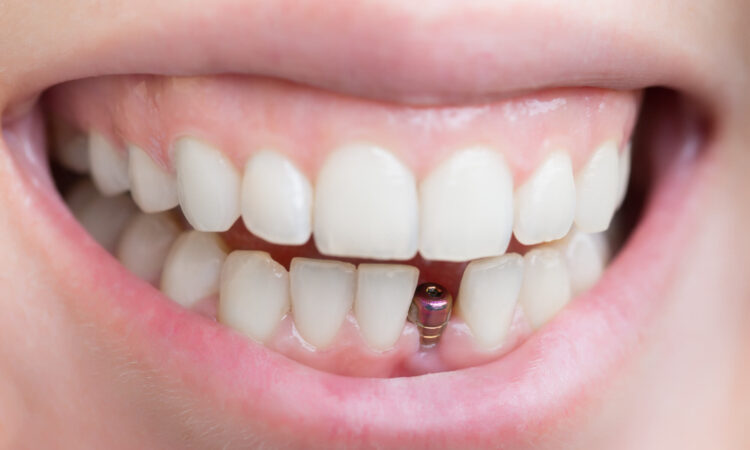
Dental implants are artificial tooth roots that your specialist surgically places into your jawbone beneath the gums. They gain excellent stability on your bone and allow your dentist to attach replacement teeth onto them. Dental implants Bronx are natural-looking, and you can use them for cosmetic purposes or mouth restorations. Most implants are made of titanium, so they integrate well with your bone without adverse effects. These implants are permanent and last a lifetime, causing many people to adopt this dental treatment.
Endosteal
Endosteal implants are the most common dental implants, and they resemble small screws. They are inserted deep into your jawbone, taking the place of your tooth root. One endosteal implant can hold one or several teeth.
Subperiosteal
Surgeons use subperiosteal implants when you have insufficient healthy jawbone to support endosteal implants. Your dentist inserts them under your gum without drilling into your jawbone. They are placed above or on the jawbone.
Procedures
Evaluation
Your dentist will first evaluate the health of your teeth, gums, and jawbone. You must have a healthy jawbone to maintain the implant. A soft or too thin jawbone will require other procedures before the dental implant process. Your gums must be periodontal disease-free. The type and scope of your surgeon’s process depend on the number of teeth that need replacement.
Placing an implant
A dental implant can be done under local anesthesia, IV sedation, or general anesthesia. An endosteal implant involves your surgeon cutting your gum to expose the jawbone underneath. The surgeon drills a hole deep into your bone and inserts the implant post. In cases of subperiosteal implant, the surgeon will not screw your jawbone but will place the implant on or above the bone.
Osseointegration
Osseointegration means combining with the bone. It is a process of growing enough new bone around the screw and takes two to six months after the dental implant placement. During Osseointegration, natural jaw bone grows around the dental implant to strengthen the implant. This growing bone maintains the dental implant firmness to function as the artificial tooth root.
Abutment placement
An abutment is a metal extender added to your implant, and your specialist can do it in the initial procedure or in the second process under local anesthesia. Abutments connect the replacement tooth and the implant. During the second procedure, your specialist removes the healing cap and screws the abutment onto the implant. Your gum tissue gradually forms around the abutment. Gums take several weeks to heal after abutment placement.
Tooth placement
After you completely heal, your doctor takes an impression of your teeth to make a permanent tooth that fits perfectly. Replacement teeth can either be fixed or removable. A removable tooth is mounted onto a metal frame and attached to the abutment, while a permanent tooth is wholly cemented onto the abutment. Your teeth will feel and look natural when your doctor completes this procedure. Report to your dentist any form of pain, swelling, or discomfort.
Ensure you care for the replaced teeth as your natural teeth by regular brushing and flossing. Visit your dentist for regular checkups to enhance oral health. Schedule an appointment at Riverdale Dental Arts to get dental implants to improve your smile.

